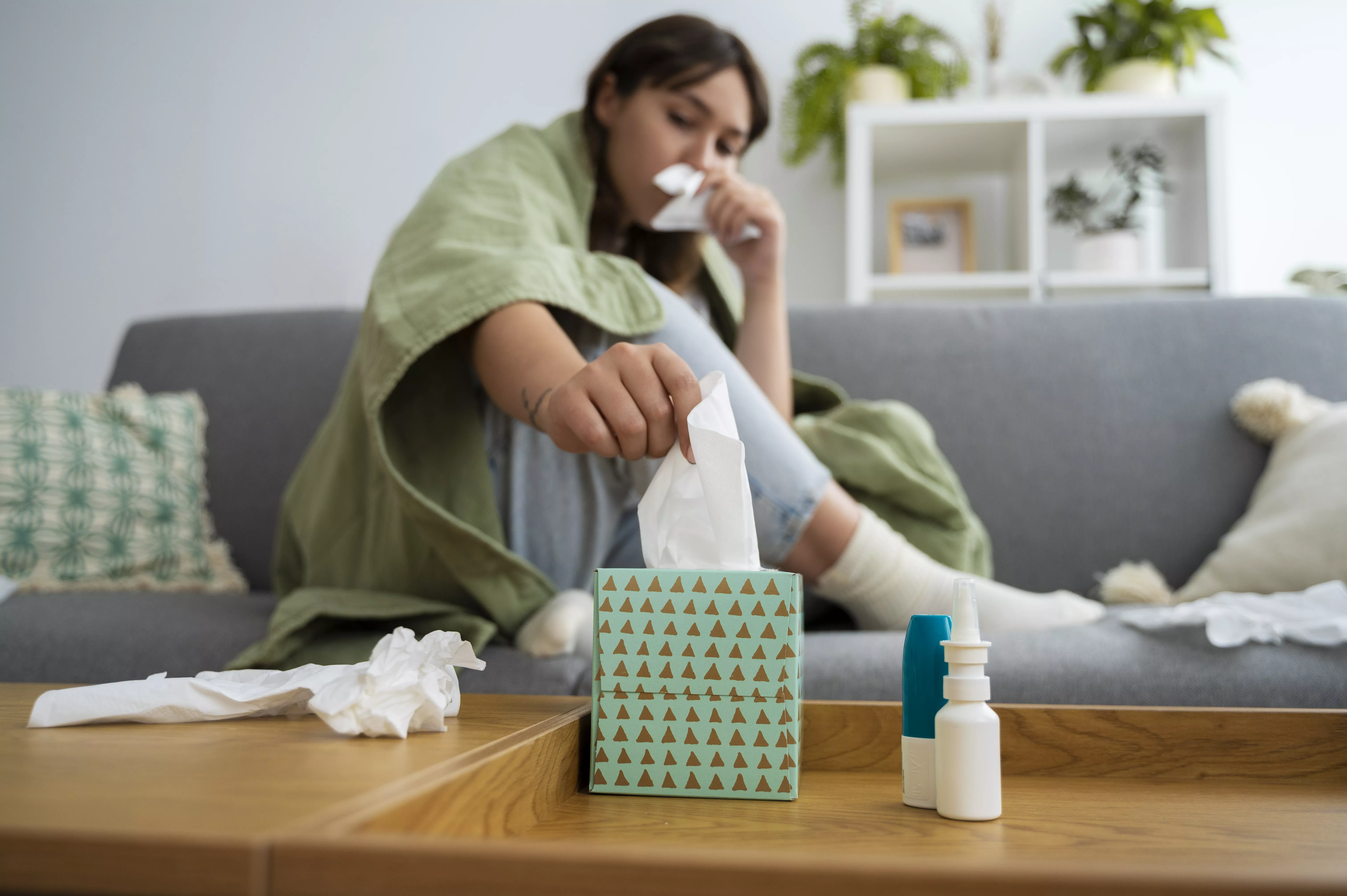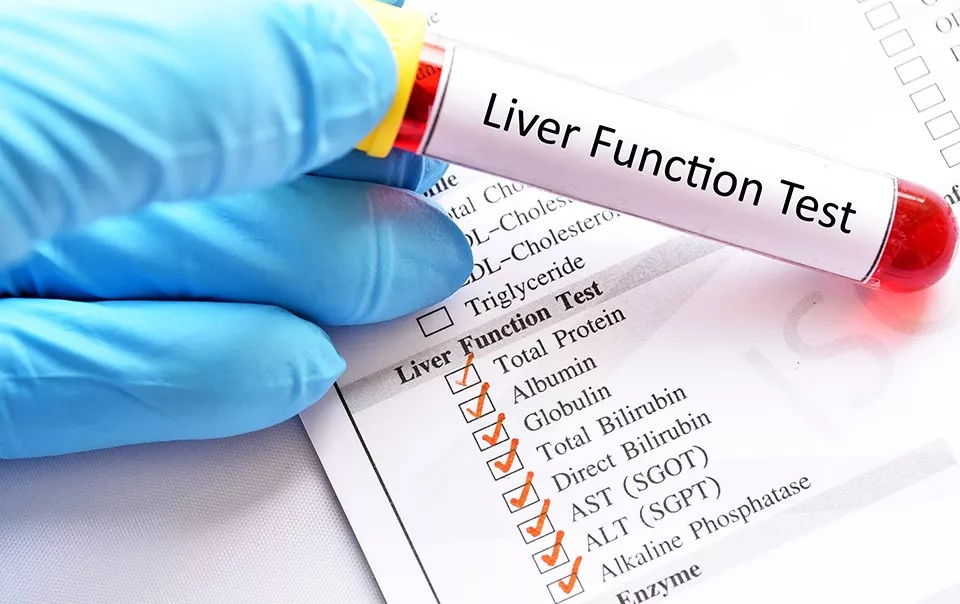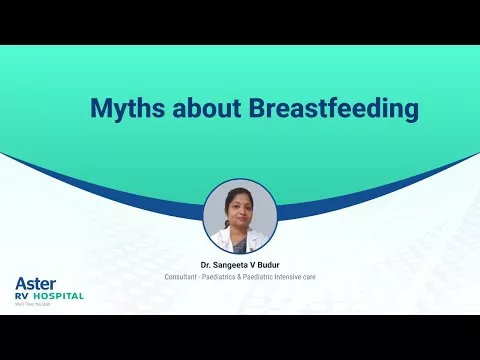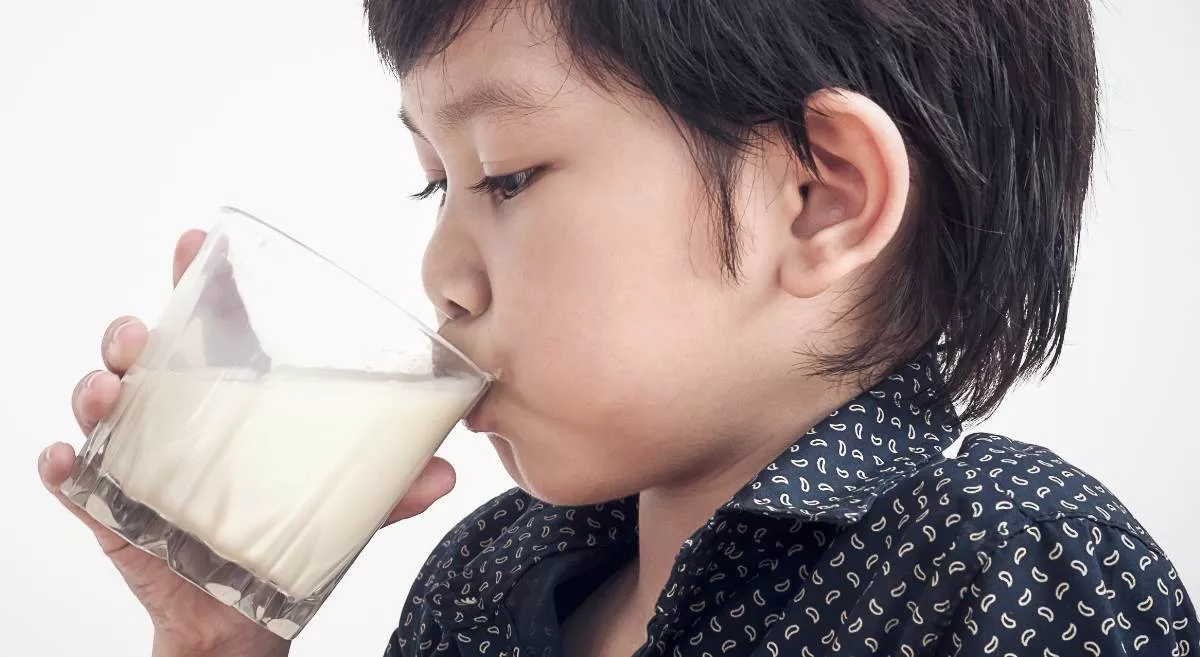CASE VIGNETTES
- An 11-year-old boy was admitted to the hospital with a 1-year history of persistent on and off cough, poor appetite, weight loss and an intermittent low-grade fever. When history was elicited- the boy's father had been breeding pigeons, canaries in the family yard for years.
- A 7-year-old girl with a history of recurrent respiratory infections, now presenting with persistent cough, wheezing, and fatigue. On eliciting history her family lives in a house with a damp, moldy basement where she spends a lot of time playing.
- A 12-year-old boy who plays the saxophone regularly, presents with cough, shortness of breath, and fatigue. He recently started playing a saxophone that had been stored for several years. In the above cases Suspect hypersensitivity pneumonitis due to exposure to pigeons, Mold(fungus) or bacteria in the saxophone.
BACKGROUND:
Once considered an exclusively adult disease due to its common association with occupational environment, HP is not an uncommon disease in children but often under recognised. The earliest reports of HP cases in children date back to the 1960s and include the terms “pigeon-breeder lung disease” and “farmer’s lung disease.” Of note, the first case of HP in an adult was described in 1932, while the first paediatric case was reported only in 1967. In children these diseases are often due to exposure to antigens present in the domestic environment
WHAT IS HYPERSENSIVITY PNEUMONITIS:
Hypersensitivity pneumonitis (HP) is one of the most common forms of interstitial lung disease in children. Also known as extrinsic allergic alveolitis, in children is an under recognised but serious lung disease caused by an immune reaction to inhaled antigens, often bird antigens or molds, leading to lung inflammation and scarring.
WHY WE PARENTS/GENERAL PUBLIC SHOULD BE AWARE ABOUT THE HP
At times the clinical features of the disease at presentation may be subtle and often confused with a common respiratory infection / acute wheeze exacerbation in children leading to a missed / delayed diagnosis. Based on the current knowledge of HP in children - at least 50% of the children with newly diagnosed HP are not detected at right time before the lung changes are irreversible, and a majority is treated in a non‐standardized manner.
With rapid growth of pigeon population in urban cities potentially outcompeting native bird species, increased industrialisation and air pollution, an awareness about the HP is needed among the general public as well as general paediatricians for a preventable and treatable disease with favourable outcome. Without early diagnosis and prompt treatment HP can lead to irreversible, permanent lung scarring and heart failure and sometimes it can be fatal (in 29% at 5 years).
HOW COMMON IT IS IN CHILDREN
Due to the different causes and intensity of exposures, differences in geographical area, and differences in local climate and customs, there are no accurate epidemiological data of HP in the world. Accounts for approximately 50% of all forms of interstitial lung disease (ILD) in paediatric age group. 8% of patients are younger than 15 years of age at the diagnosis. HP is also one of most common diagnoses in children with ILD who are immunocompetent without systemic disorders
TYPES OF HYPERSENSIVITY PNEUMONITIS:
Mainly classified under two groups
Acute/inflammatory HP -- denoted by a disease lasting < 6 months and often reversible. In this form, symptoms begin within 2-9 hours of exposure and are characterized by breathlessness, cough, and wheezing, low saturation and oxygen dependency; weight loss can be present. Symptoms persist for hours to days. Chronic/fibrotic HP- characterized by > 6 months duration and the presence of fibrotic(scarring) changes at CT scan (HRCT) images or biopsy. Clinical manifestations include gradual respiratory failure with chronic dry cough, low saturation, oxygen dependency and weight loss.
UNDERLYING INCITING AGENT/TRIGGER:
The most common inciting agents are -avian(bird), fungal, and mold or various inorganic antigens, such as inhaled paints, plastics, wax, and talcum. other sources are air-conditioning, air humidifiers. According to one study involving 40 children with interstitial lung disease, environmental exposure to passive cigarette smoking was the most frequent (65%), followed by exposure to birds especially pigeons (45%).
DIAGNOSE:
The clinical presentation in children often mimics and is indistinguishable from common respiratory infections in children or an allergen /infection triggered asthma exacerbation. The presence of HP is supported by the incomplete clinical improvement during the treatment and by the recurrence of symptoms after contact with a specific environmental antigen.
- Imaging: Chest X-rays shows parenchymal opacities and diffuse poorly defined nodules in acute disease and persistent reticular and linear opacities, volume loss in chronic cases.
- CT scans: shows diffuse ground-glass opacities, mosaic attenuation and air trapping in acute HP, and presence of a reticulation and parenchymal distortion due to the scarring, Bronchiectasis (permanent dilatation of the airways) in chronic HP cases.
- Pulmonary Function Tests: These tests assess lung capacity and function. Show restrictive pattern, FVC(Forced vital capacity) < 80% predicted for age.
- Bronchoscopy with Bronchoalveolar Lavage (BAL): This procedure allows for examination of the lung tissue and fluid (evidence of lymphocytosis (>20%)) in BAL fluid.
- Antigen Challenge: In some cases, a controlled exposure to the suspected antigen may be used to confirm the diagnosis. Antigen detection tests – serological tests to identify the triggering antigen (pigeon/fungal antigen)
- Lung biopsy – is indicated rarely in dubious cases.
DISEASE MIMICKS:
The diagnosis of acute/subacute HP usually requires differentiation between an acute viral or atypical bacterial respiratory infection and asthma exacerbation. Chronic HP should be differentiated from other chronic interstitial lung diseases, and in some cases, with severe, steroid resistant asthma.
PREVENTIVE MEASURES:
Trigger avoidance may be simple, such as removing bird bedding or feathers, avoiding hot tubs, or sterilizing humidifiers. Using protective measures like wearing a mask, ensuring good ventilation, avoiding dampness. However, complete avoidance may sometimes require drastic changes as moving to a new house. Of note, high levels of avian antigens can be detected in the domestic environment for a long time.
In case of such exposure with persistent respiratory symptoms an awareness about the HP and seeking medical help is utmost important.
EARLY DETECTION AND MANAGEMENT
The prognosis in children with HP is generally favourable. The key to complete reversibility/recovery of lung function is early diagnosis and adequate antigen avoidance. In cases with a moderate or severe course, systemic corticosteroids are usually considered. In case of non-response or side effects of long-term systemic corticosteroids, immunosuppression therapies are considered. In advanced cases with extensive pulmonary fibrosis, respiratory failure and secondary pulmonary hypertension, the only effective therapy is lung transplantation
CONCLUSION
The diagnosis of HP should be considered in any child presenting chronic/recurrent cough or exertional breathlessness with a restrictive pattern on PFTs. HP should be suspected in case of known exposure to HP causative agents and among patients with clinical and imaging evidence of nonspecific interstitial disease. Considering the peculiarity of HP in children and clinical manifestations indistinguishable from common respiratory infection or acute viral/ allergen triggered wheezing exacerbations many a times HP is under recognised and diagnosis is delayed. High index of suspicion and early diagnosis and antigen avoidance is the key to avoid permanent lung damage. If your child is unwell with predominant respiratory symptoms and in presence of an inciting environmental trigger, an awareness about the HP and seeking medical help is utmost importance.








